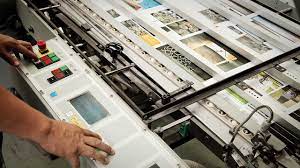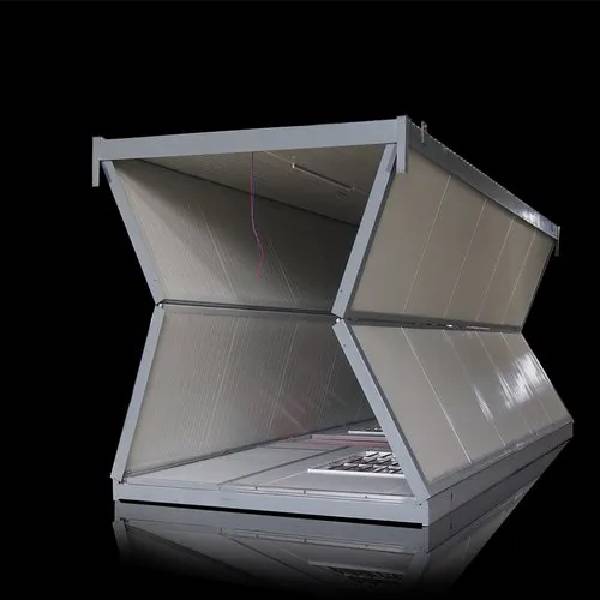Commercial Printing Market: An Market Overview, Market Trends, and Forecast Analysis for 2030
The commercial printing market has long been a crucial player in the global business landscape, facilitating effective communication between companies and their target audiences. As technology continues to advance and consumer preferences shift, the commercial printing industry has witnessed significant transformations. This article provides a comprehensive overview of the market, explores prevailing market trends, and presents a forecast analysis for the year 2030.
Market Overview: The Commercial Printing Market encompasses a wide array of services, including the production of advertising materials, brochures, magazines, packaging, labels, and more. It serves diverse sectors such as retail, healthcare, education, and entertainment. Despite the rise of digital media, commercial printing remains relevant due to its tangible appeal and the emotional connection it creates with recipients. The industry has undergone a digital revolution, with traditional offset printing giving way to digital printing technologies that offer cost-effective solutions and quicker turnaround times. Moreover, advancements in automation and robotics have streamlined production processes, leading to improved efficiency and reduced labor costs.
The Global Commercial Printing Market size was valued at US$ 444.25 million in 2022 and is anticipated to witness a compound annual growth rate (CAGR) of 1.74% from 2023 to 2030.
Market Trends:
Personalization and Variable Data Printing (VDP): In an era of hyper-targeted marketing, personalization has emerged as a dominant trend in the commercial printing market. Businesses are leveraging customer data to create personalized marketing materials, such as direct mail, catalogs, and promotional products. Variable data printing (VDP) allows for the customization of individual pieces within a print run, enabling businesses to tailor their messages to specific customer segments.
Sustainability and Eco-Friendly Initiatives: As environmental awareness grows, both consumers and businesses are placing greater importance on sustainability. In response, the commercial printing industry is adopting eco-friendly practices, using recycled materials, biodegradable inks, and energy-efficient printing processes. Green certifications and environmentally conscious printing options have become selling points for print service providers.
Integration of Augmented Reality (AR) and Interactive Printing: To bridge the gap between print and digital media, the industry has embraced augmented reality and interactive printing solutions. By incorporating AR elements into printed materials, companies offer interactive and immersive experiences to their customers. This integration enhances engagement, captures attention, and provides valuable data analytics.
Forecast Analysis for 2030: Looking ahead to 2030, the Commercial Printing Market is poised for continued evolution and growth. The following forecast analysis highlights key developments:
Digital Printing Dominance: Digital printing technologies will continue to gain traction, surpassing traditional offset printing methods. The flexibility, cost-effectiveness, and ability to accommodate short print runs will drive the adoption of digital printing across various industries
.
Smart Packaging and Printed Electronics
: The integration of printed electronics and smart packaging will revolutionize product packaging and labeling. Printing electronic components directly onto packages will enable functionalities like temperature tracking, product authentication, and interactive consumer experiences.
: The integration of printed electronics and smart packaging will revolutionize product packaging and labeling. Printing electronic components directly onto packages will enable functionalities like temperature tracking, product authentication, and interactive consumer experiences.
Evolving Business Models: Print service providers will increasingly transition from offering mere print products to becoming marketing partners for their clients. By providing data-driven insights, cross-media marketing solutions, and integrated campaigns, they will cater to the growing demand for comprehensive marketing services. In the medical field, 3D Printing Extrusion Materials are revolutionizing the creation of prosthetics, surgical models, and patient-specific devices, leading to advancements in patient care.
In conclusion, the commercial printing market is navigating through exciting transformations as it adapts to technological advancements and changing market dynamics. Embracing personalization, sustainability, and innovation will be key for companies in the industry to thrive in the competitive landscape leading up to 2030.




Comments
Post a Comment